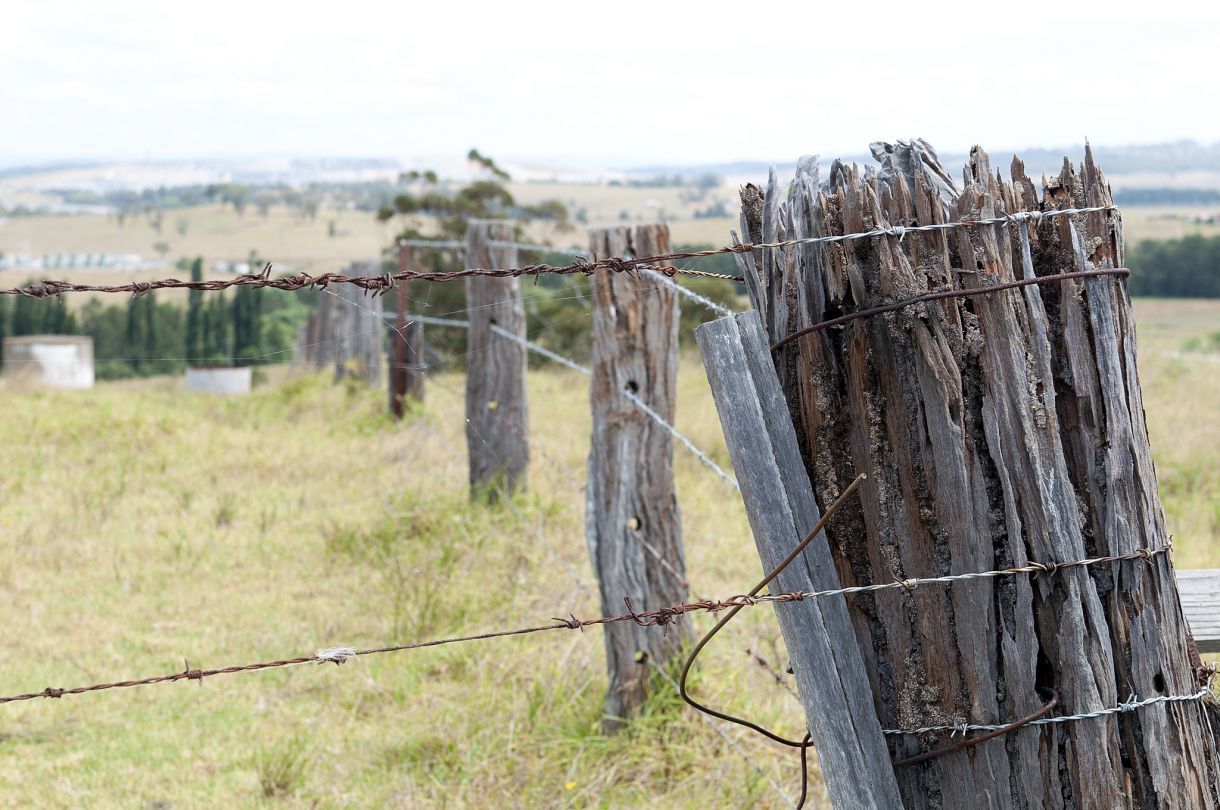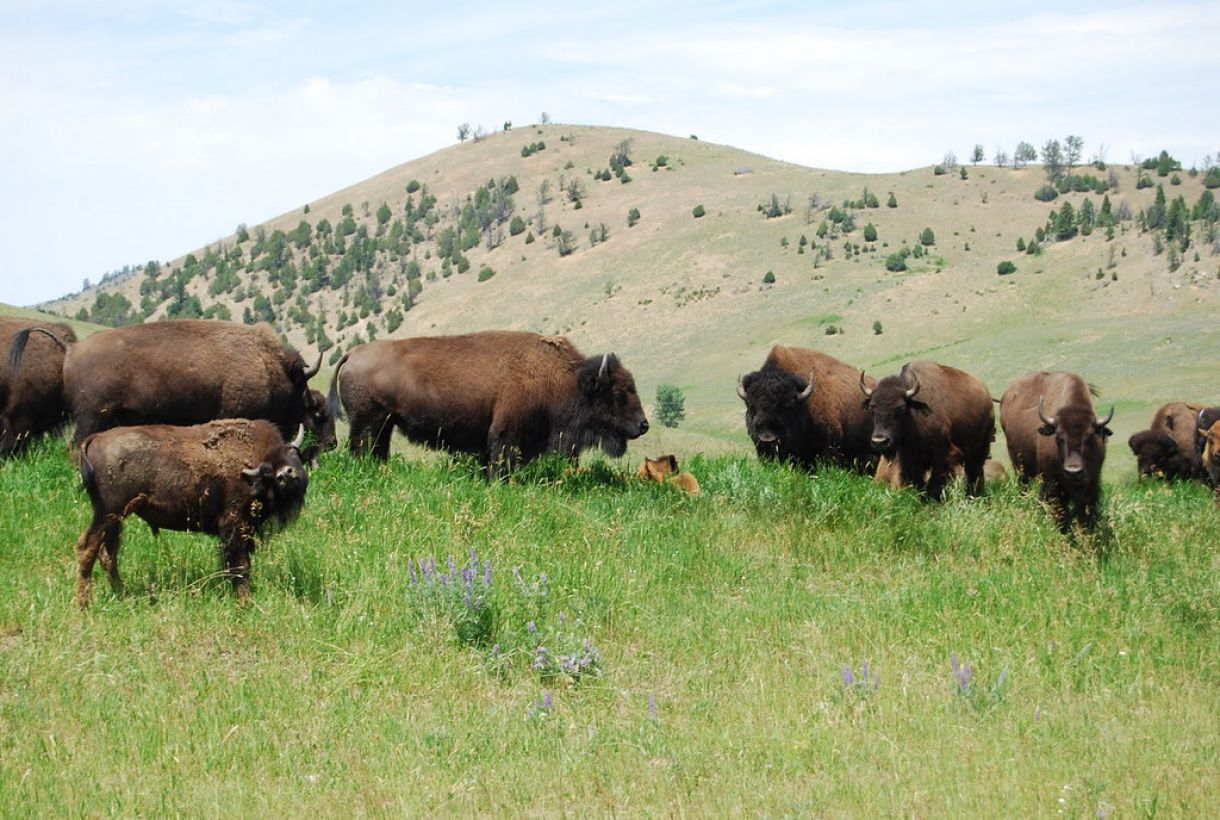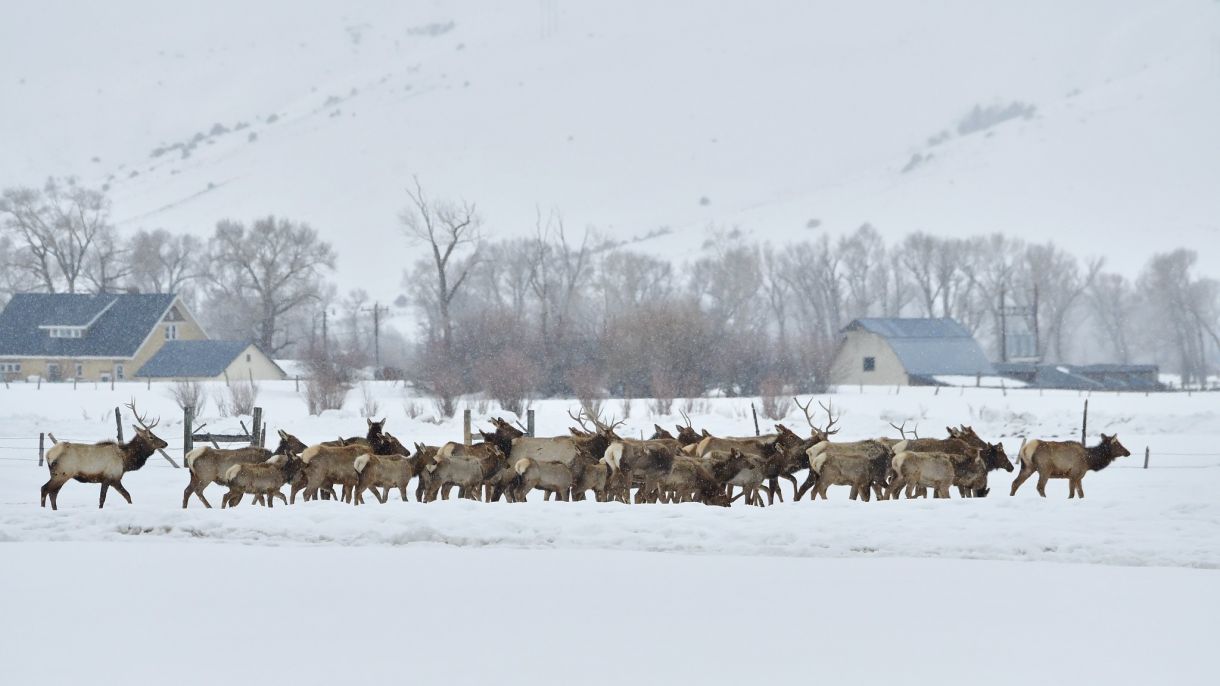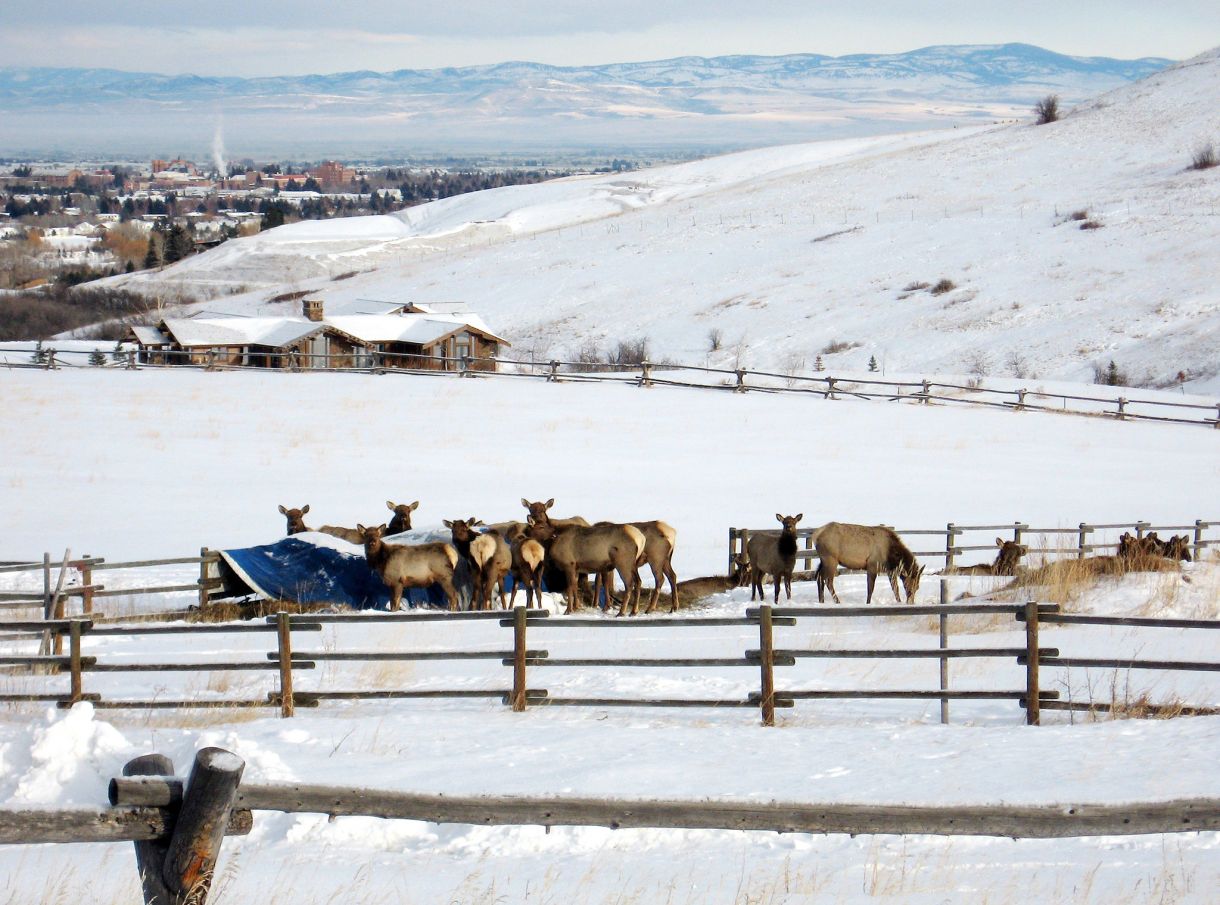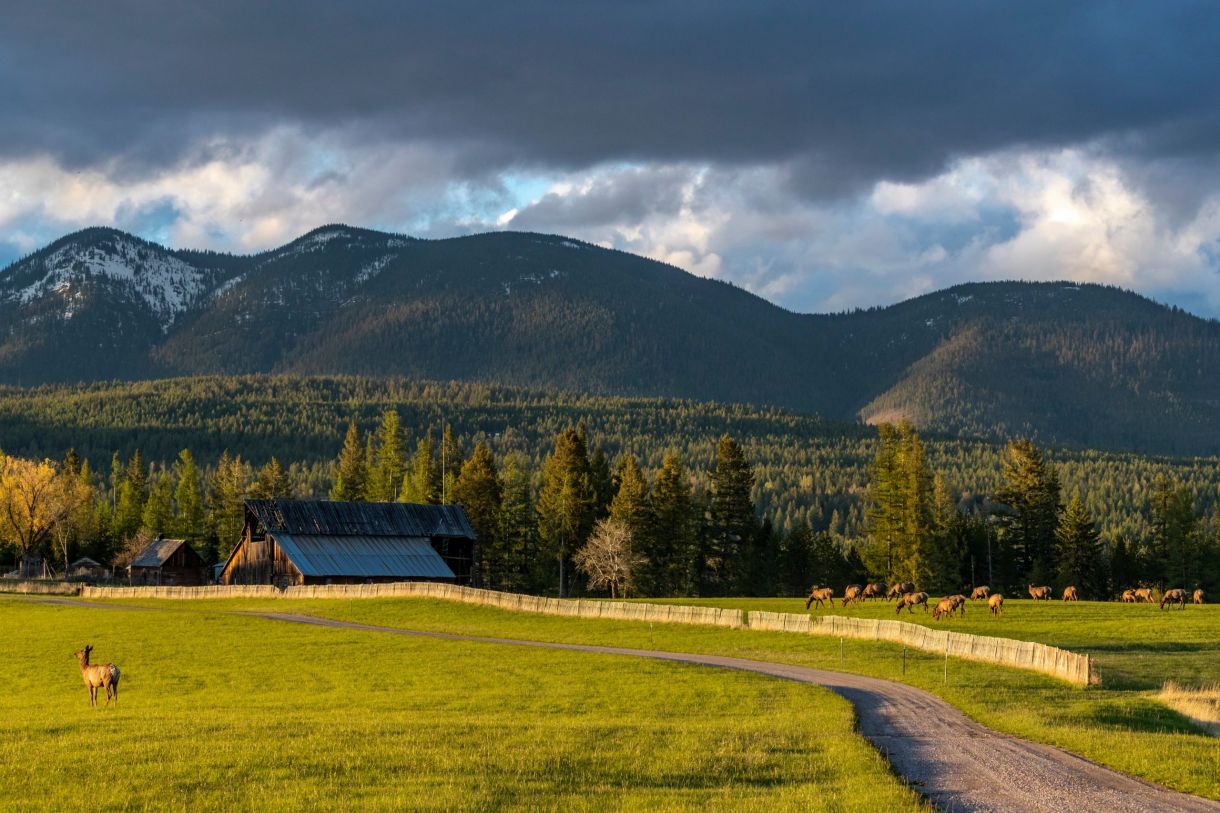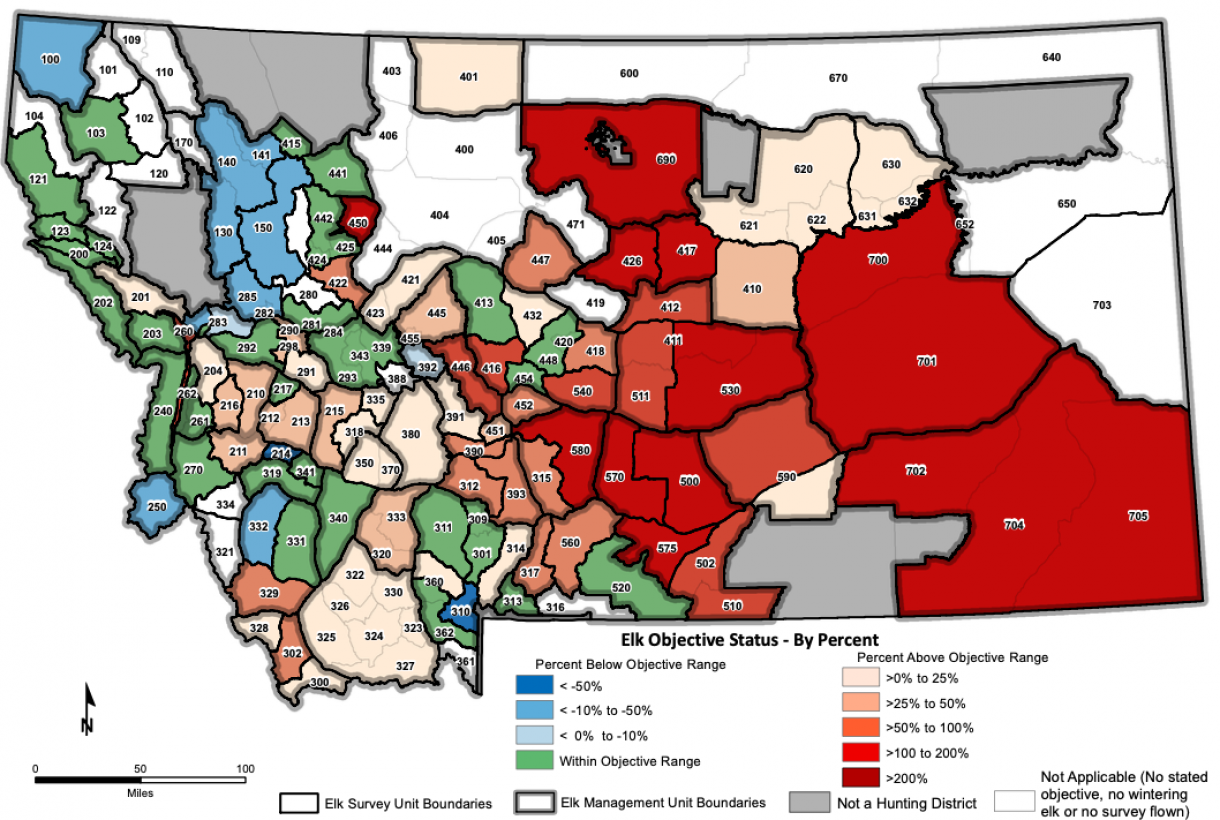Checkerboard—It’s not just a Town
By Terry L. AndersonJohn and Jean DeNault Senior Fellow, Hoover Institution, Stanford University
When residents of Meagher County hear the word “checkerboard,” they likely think of the tiny town 20 miles to the east of White Sulphur Springs, but to ranchers in Wyoming it is a fighting word. The fighting started in 2020 when four Missouri hunters got elk tags to hunting in the southwestern part of Wyoming near the Elk Mountain Ranch, owned by an “out-of-stater” from North Carolina. The hunters knew there was no public hunting allowed on the ranch, and they also knew that the lack of access made the ranch and adjacent public land a haven for elk.
Their solution to the access problem was “checkerboarding.” Look at any cadastral map of Montana and you will know what it means. Federal...
